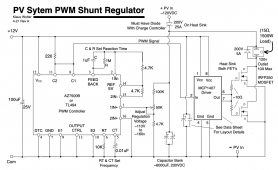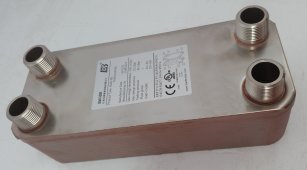efficientPV
Solar Addict
- Joined
- Sep 24, 2019
- Messages
- 1,348
I hope you will share your project on this board. I had hoped there would be a community sharing their
ideas on this concept by now. I have received many pictures and private videos of these projects, but
none have wanted to open themselves to comments on this subject. There are dozens of designs that can
work and each has its attributes and limitations. This is not about just heating water with PV. It is about
getting FREE hot water from the panels you already have in place. Any successful PV system has excess power
which is just wasted. This topic should be in the Danger Zone as it is for advanced members.
Low density extra long folded over heating elements probably will make more noise than shorter high density
elements. On some elements the sheath is not electrically bonded to the flange. This possibly could cause
electrolysis. Electrically bonded sheaths would act as a shorted turn of a transformer and dampen any ringing.
I never found much of an issue with noise as mine has no set frequency in which vibrations can build up.
ideas on this concept by now. I have received many pictures and private videos of these projects, but
none have wanted to open themselves to comments on this subject. There are dozens of designs that can
work and each has its attributes and limitations. This is not about just heating water with PV. It is about
getting FREE hot water from the panels you already have in place. Any successful PV system has excess power
which is just wasted. This topic should be in the Danger Zone as it is for advanced members.
Low density extra long folded over heating elements probably will make more noise than shorter high density
elements. On some elements the sheath is not electrically bonded to the flange. This possibly could cause
electrolysis. Electrically bonded sheaths would act as a shorted turn of a transformer and dampen any ringing.
I never found much of an issue with noise as mine has no set frequency in which vibrations can build up.





